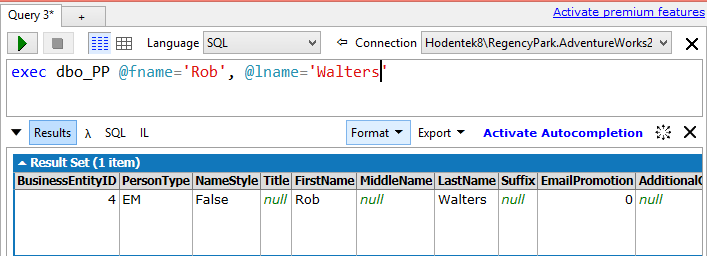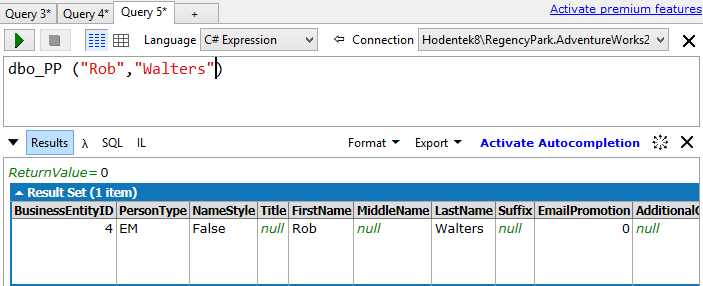This class is going to start as advertised and you are encourage to sign up as the seats for this hands-on course are limited. Hurry up!
Summary:
Databases, organized repositories of information, have become indispensable in today's world. In this introductory course you will learn about databases and the basics of Structured Query Language (SQL) including sorting, distinct, and aggregate functions and grouping of data. All SQL statements will initially be written from one table. Most practical, modern and relational databases will include a large number of tables. SQL queries have to access information from several tables. This course will then introduce you to querying more than one table. With this skill you will be able to query two or more tables in a database. This is a hands-on course.
New in 2015: You will also get an introduction to Power Shell.
Dates: (Section 1) Section 1 - Feb 17 - Mar 12, 2015; TTh; 5:30 pm - 7:30 pm; 10 mtgs.
Venue: Honolulu Community College;
Note: SQL Server 2012 Express will be used and a knowledge of SQL Server is not assumed. Students will be using the free version.
For details : Access http://pcatt.org/index.php/search and look up the course or write to:
Hodentek@live.com with course name in the Subject line.
Summary:
Databases, organized repositories of information, have become indispensable in today's world. In this introductory course you will learn about databases and the basics of Structured Query Language (SQL) including sorting, distinct, and aggregate functions and grouping of data. All SQL statements will initially be written from one table. Most practical, modern and relational databases will include a large number of tables. SQL queries have to access information from several tables. This course will then introduce you to querying more than one table. With this skill you will be able to query two or more tables in a database. This is a hands-on course.
New in 2015: You will also get an introduction to Power Shell.
Dates: (Section 1) Section 1 - Feb 17 - Mar 12, 2015; TTh; 5:30 pm - 7:30 pm; 10 mtgs.
Venue: Honolulu Community College;
Note: SQL Server 2012 Express will be used and a knowledge of SQL Server is not assumed. Students will be using the free version.
For details : Access http://pcatt.org/index.php/search and look up the course or write to:
Hodentek@live.com with course name in the Subject line.
















